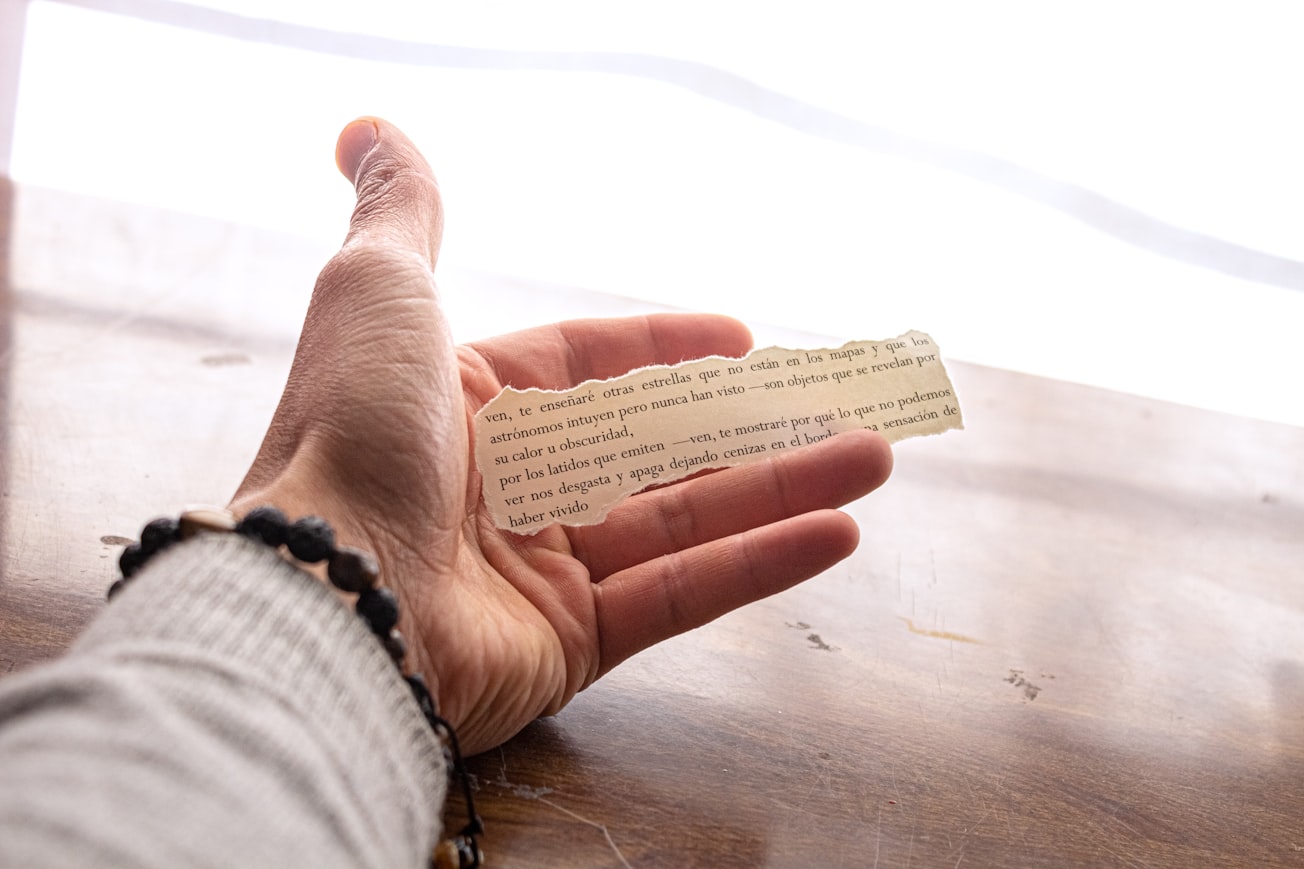What is it about?
As human thought has been discovered to be of a figurative nature, doors have been widely opened to poetry. Based on the “unity-in-variety” aesthetic principle, this paper considers any single piece of the poem to be approachable by any ordinary reader and provides the necessary resources to find significant meaning in it. The paper also offers a systematic methodology — illustrated with a brief analysis of Seamus Heaney’s “Oracle” — which intends to make a contribution to the discipline of Poetics mainly in the educational field.
Featured Image

Photo by Ricardo Espejo Catalán on Unsplash
Why is it important?
With the advent of Cognitive Linguistics and its open disposition to consider any kind of discourse as interesting enough samples of human thought — and human thought being discovered to be of a figurative nature — doors have been widely opened to poetry. Despite the firm reluctance of some Literary sectors to move beyond traditional Poetics, the works by E. Semino, P. Stockwell, Gavins & Steen and M. Freeman are clear confirmation of the modern tendency to incorporate CL findings into poetic analysis.
Read the Original
This page is a summary of: Blending as a theoretical tool for poetic analysis, Annual Review of Cognitive Linguistics, October 2005, John Benjamins,
DOI: 10.1075/arcl.3.14cal.
You can read the full text:
Resources
Contributors
The following have contributed to this page







